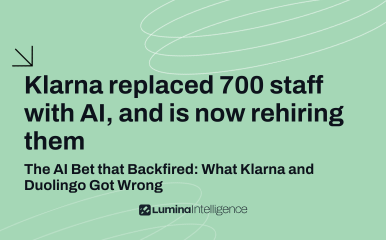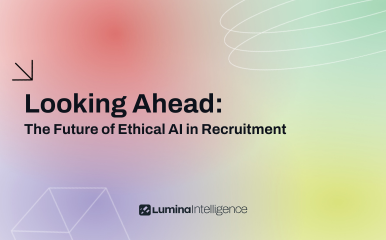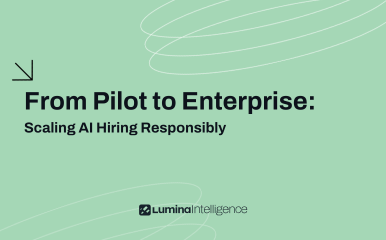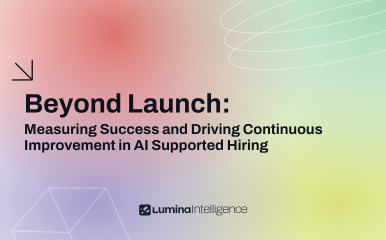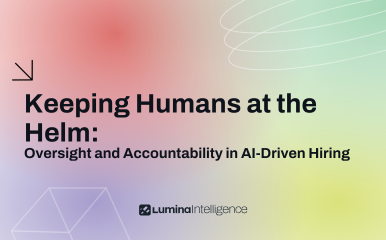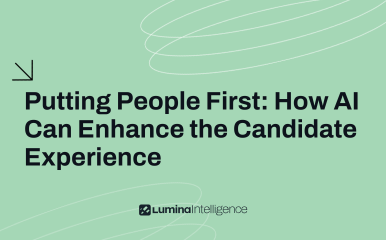Artificial Intelligence can accelerate sourcing, screening and scheduling, but it will never replace the need for capable teams. In fact, human expertise becomes more valuable when technology joins the workflow. Week 7 takes a practical look at how to equip HR teams with the skills, confidence and culture required to use AI tools responsibly and effectively.
Why Upskilling HR Is Essential
- Sound judgement
Recruiters must know when to trust an algorithm and when to apply human discretion. - Legal compliance
Understanding AI basics helps staff recognise and address potential breaches of the Equality Act, GDPR and other regulations. - Candidate trust
Well-trained teams can explain AI processes clearly, giving applicants confidence that the hiring journey is fair and transparent. - Return on investment
Technology delivers value only when the people who use it feel competent and motivated.
Core Competencies for the Modern Resourcing Process
- Data literacy
Comfort with reading dashboards, spotting anomalies and asking the right questions about data quality. - AI literacy
A working knowledge of how models are trained, what bias looks like and why explainability matters. - Ethical judgement
Ability to weigh speed gains against fairness, privacy and brand impact. - Candidate empathy
Skill in combining automated insights with personal connection during interviews, feedback and offer negotiations. - Continuous-improvement mindset
Willingness to test, learn and refine hiring workflows as models, markets and regulations evolve.
Building an Effective Training Programme
Step 1. Assess the starting point
Use a short survey or quiz to gauge current confidence with data, AI terminology and relevant legislation within your organisation and talent pool.
Step 2. Blend learning formats
Mix live workshops, self-paced e-learning, short videos and job aids. Variety keeps engagement high and appeals to different learning styles.
Step 3. Provide hands-on practice
Let the team experiment in a sandbox version of the AI tool, adjusting prompts and reviewing sample shortlists without the risk of affecting real candidates.
Step 4. Encourage peer learning
Set up lunch-and-learn sessions where early adopters share tips, pitfalls and success stories.
Step 5. Offer external credentials
Sponsor staff to complete recognised courses in people analytics, data protection or AI ethics. Certification boosts credibility.
Step 6. Schedule refreshers
Set a calendar for micro-learning updates. Regulations change and new features appear, so knowledge must stay current, especially as governments try to keep pace with innovation in the AI space.
Change Management and Communication
- Visible leadership
Senior HR and business leaders should explain why AI adoption matters and how it benefits both recruiters and candidates. - Clear vision of benefits
Link the technology to concrete goals such as reducing time-to-hire or widening talent pools. - Address fears early
Acknowledge concerns about job security. Emphasise that automation frees time for higher-value tasks like relationship and brand building. - Quick wins
Roll out a small feature first, for example, automated enhanced assessments, to demonstrate immediate relief from repetitive work. - Feedback loops
Create a simple channel, such as a fortnightly stand-up or shared document, where team members log issues, ideas and success metrics.
Case Snapshot: From Scepticism to Advocacy
A national hospitality group planned to introduce an AI CV-screening tool across one hundred hotels. Initial surveys showed only thirty per cent of recruiters felt comfortable with data analytics, and many feared that automation would sideline their roles.
The HR director launched a three-month programme:
- Week-by-week micro-lessons on bias, data privacy and candidate communication.
- Sandbox challenges that rewarded the fastest recruiter to identify a hidden model error.
- Peer mentors who ran open Q&A sessions.
Confidence levels rose to seventy-eight per cent by the go-live date. Six months later, average time-to-hire had fallen by twenty-five per cent, and internal surveys reported higher job satisfaction among recruiters due to reduced administrative load.
HR Readiness Checklist
Use this quick list to test whether the team is prepared for AI adoption:
- Baseline skills audit completed.
- Training plan and budget approved.
- Sandbox or demo environment available.
- Named champions and peer mentors in place.
- The feedback channel is active and reviewed regularly.
- Refresher schedule added to the HR calendar.
If every box is ticked, your team are positioned to work confidently with AI while safeguarding ethics and compliance.
Conclusion
Tools may change, but the success of every hiring strategy still depends on people. Invest in data, AI and ethics education, cultivate a culture of curiosity and feedback, and your HR team will unlock the full value of intelligent automation.
What’s Next
Week 8 will explore Measuring Success and Continuous Improvement. We will outline the key metrics that show whether your AI hiring programme is delivering fair, accurate and business-relevant results.
